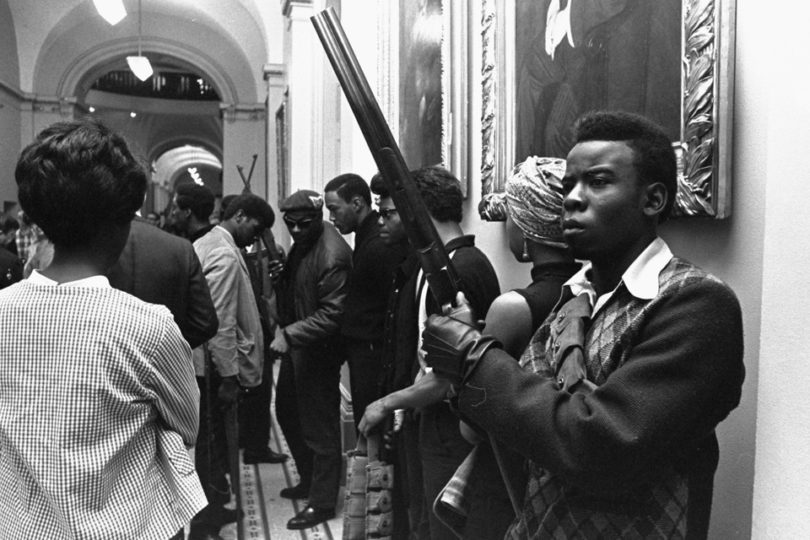The shootings of Alton Sterling and Philando Castile share several striking, stomach-churning similarities: They were black men, killed by police, in deeply segregated communities. Both killings were captured on video, a product of an age in which anyone can tape an encounter with police—and increasingly, anyone, especially anyone black, realizes doing so may be important. But both Castile and Sterling also shared one other thing in common: Both men were apparently carrying guns when they were killed. On social-media, many are already asking why the Second Amendment did not protect Sterling and Castile, and why gun-rights advocates like the National Rifle Association are not speaking out on their behalf. In each case, there are complicated legal questions, and many of the details remain unclear, but it is true that gun-rights groups like the NRA and its allies have typically pushed for laws that would allow citizens broader freedom to bear arms than currently permitted. It is also the case that the interpretation of the Second Amendment has for decades been deeply intertwined with the ways the law protects—and more often fails to protect—African Americans in comparison with whites, a history that begins in earnest in the 1860s, flares up in the 1960s, and is again relevant today.
You may also like
Antifa activists say violence is necessary
Carbon footprints of the hurricane telethon stars
Supreme Court lifts restrictions on Trump travel ban
Canadian judge suspended for wearing ‘Make...
Antifa throws smoke and projectiles at police at...
Out-of-staters may have won New Hampshire for Clinton
About the author
Teunis Felter
Teunis Felter has over 20 years experience as an author, editor, and scientist. When not exploring outside, he enjoys reading history, researching genealogy, and civilly discussing politics.







